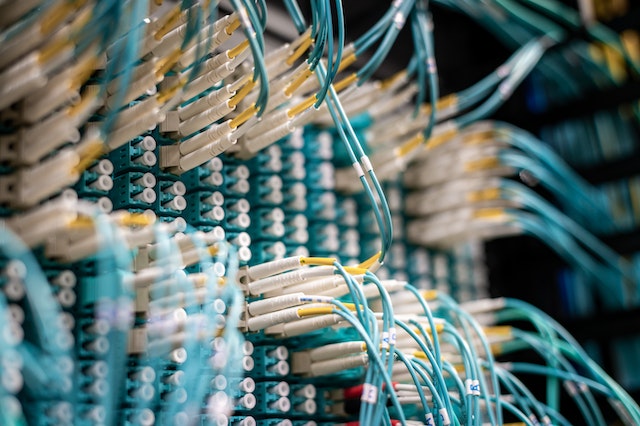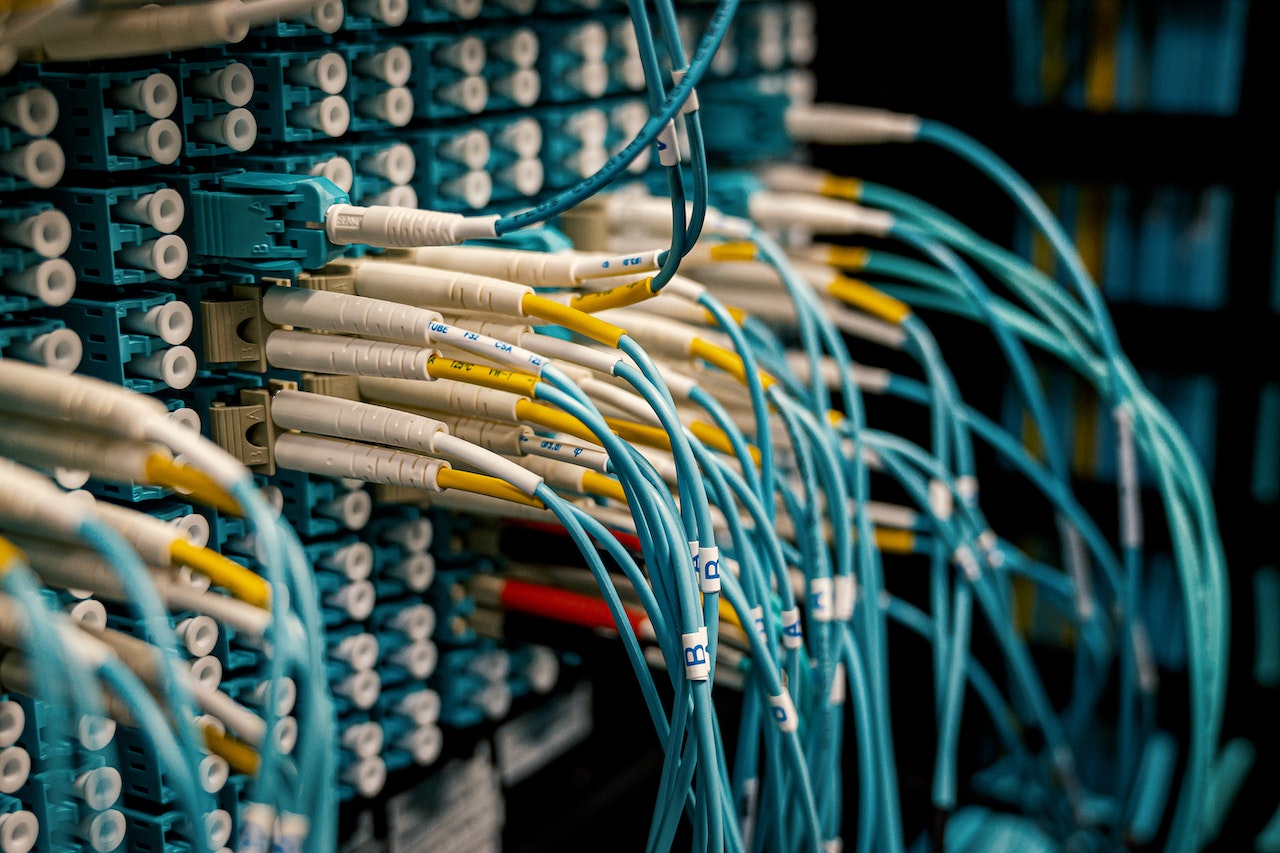The internet has become an essential part of our daily lives. From streaming entertainment to working from home, the internet has transformed the way we live and work. One of the most significant advancements in internet technology is the use of fiber optics. In this article, we will explore everything you need to know about fiber optic internet.
What is Fiber Optic Internet?
Fiber optic internet is a type of internet connection that uses fiber optic cables to transmit data. Fiber optic cables are made of thin glass or plastic fibers that transmit data through pulses of light. These cables are designed to transmit data over long distances at high speeds, making them an ideal choice for high-speed internet connections.
How Does Fiber Optic Internet Work?
Fiber optic internet works by converting electrical signals into light signals that are transmitted over fiber optic cables. The light signals travel through the fiber optic cables, bouncing off the walls of the cable until they reach their destination. At the receiving end, the light signals are converted back into electrical signals, which are then processed by the receiving device.
What are the Benefits of Fiber Optic Internet?
- Faster Speeds
One of the most significant advantages of fiber optic internet is its speed. Fiber optic cables can transmit data at speeds of up to 10 gigabits per second (Gbps), which is much faster than traditional copper cable connections. This means that you can download and upload files in seconds, stream high-quality videos without buffering, and play online games without any lag.
- Higher Bandwidth
Fiber optic internet offers higher bandwidth than traditional copper cable connections. Bandwidth refers to the amount of data that can be transmitted over an internet connection. With fiber optic internet, you can use multiple devices simultaneously without experiencing a slowdown in your internet speed.
- Improved Reliability
Fiber optic cables are more durable than traditional copper cables. They are resistant to weather conditions and electromagnetic interference, which can disrupt traditional copper cable connections. This means that fiber optic internet is less likely to experience interruptions, making it more reliable for users.
- Increased Security
Fiber optic cables are more secure than traditional copper cables. They are more difficult to tap into and are less susceptible to data theft. This makes fiber optic internet a safer option for users who are concerned about the security of their data.
- Better Distance
Fiber optic cables can transmit data over longer distances than traditional copper cables. This means that you can access high-speed internet even if you are located far from the internet service provider’s central office.
What are the Different Types of Fiber Optic Internet?
There are two main types of fiber optic internet: fiber to the home (FTTH) and fiber to the node (FTTN).
- Fiber to the Home (FTTH)
FTTH is a type of fiber optic internet that connects directly to a user’s home or business. The fiber optic cable is run from the service provider’s central office to the user’s home or business, providing a direct and dedicated connection to the internet. This type of connection provides the fastest and most reliable internet speeds.
- Fiber to the Node (FTTN)
FTTN is a type of fiber optic internet that connects to a node or cabinet in the neighborhood. The fiber optic cable is run from the service provider’s central office to the node, and then traditional copper cables are used to connect the node to the user’s home or business. This type of connection provides faster speeds than traditional copper cable connections, but the speeds may not be as fast as FTTH.
How Do You Install Fiber Optic Internet?
Fiber optic internet requires a professional installation. The service provider will send a technician to your home or business to install the necessary equipment and fiber optic cable. The installation process typically involves running the








